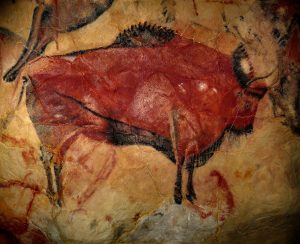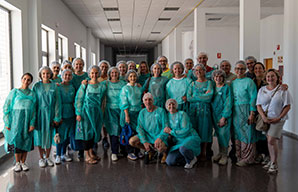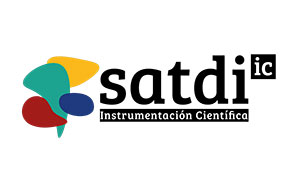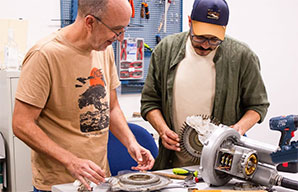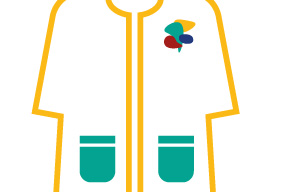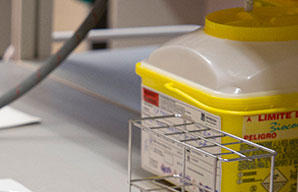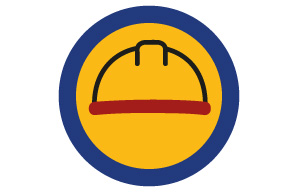Mathematical model to preserve the heritage of Altamira
The Altamira Cave, declared a World Heritage Site in 2008, faces a constant challenge due to the impact of the interest generated by its uniqueness. Since its discovery in 1868 by Modesto Cubillas, the cave has been a subject of study and admiration both by the public and researchers. Its significance lies in the exceptional cave paintings that have been preserved thanks to a collapse that occurred 13,000 years ago, which blocked the entrance, maintaining a perfect balance of temperature and humidity inside.
This balance was disrupted when the cave was reopened, allowing the entry of outside air. In 1977, after identifying severe damage caused by the accumulation of carbon dioxide, the cave was closed to the public. Although there have been attempts to reopen it, visits are currently limited to five people per day to minimize deterioration. In addition to its cultural value, Altamira is a unique ecosystem with species adapted to specific conditions and geological formations that provide information about past climates.
A research team from the Spanish National Research Council (CSIC) has worked on a crucial model for the preservation of this treasure. Led by the National Museum of Natural Sciences (MNCN) and the Geological and Mining Institute of Spain (IGME), in collaboration with the universities of Alicante, Almería, and Toulouse, the study used advanced mathematical modeling techniques based on data collected between 1996 and 2012.
“Our model considers in situ measurements of the temperature and humidity of the exterior soil, and the temperature and concentration of CO2 inside the cave,” explains Sergio Sánchez-Moral from the MNCN. Additionally, by incorporating external data from satellite images, the behavior of CO2 under various climatic conditions has been simulated, validating the results with real data. This has allowed the development of dynamic equations that control the temporal and spatial variability of gas, energy, and matter flows between the external environment and the subterranean medium.
The research, published in the journal Nature, underscores the need to continuously monitor and adjust conservation strategies. “Climate change predicts an increase in CO2 concentration, which could exacerbate the risks of corrosion and deterioration of the paintings,” points out Sánchez-Moral. Therefore, it is essential to anticipate these changes and adapt conservation measures dynamically and sustainably, ensuring the preservation of Altamira for future generations.
Font: https://www.nature.com/articles/s41598-024-60149-9
Sáez, D. Benavente, S. Cuezva, M. Huc, Á. Fernández‑Cortés, A. Mialon, Y. Kerr, S. Sánchez‑Moral y S. Mangiarotti. (2024) Scenarios for the Altamira cave CO2 concentration from 1950 to 2100. Scientific reports. DOI: https://doi.org/10.1038/s41598-024-60149-9
